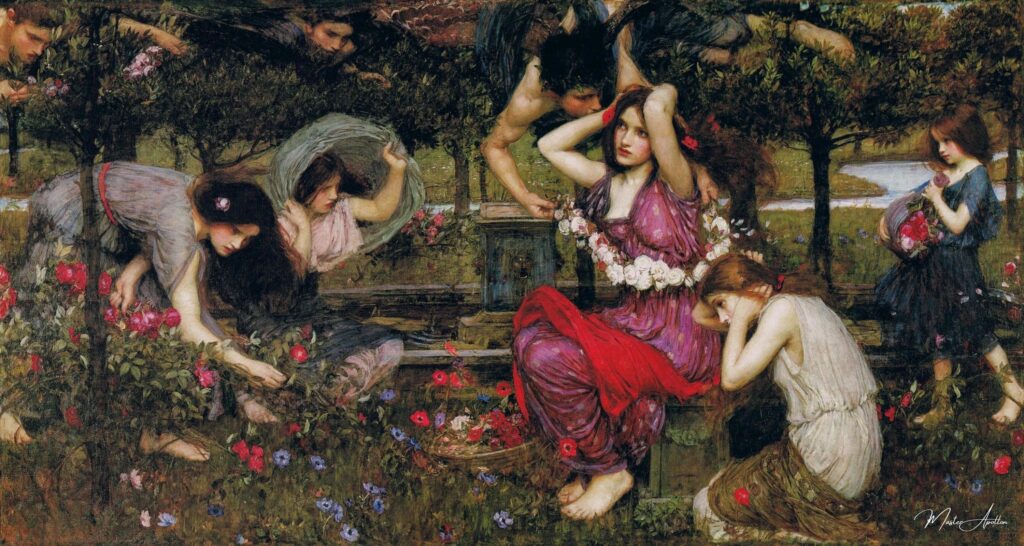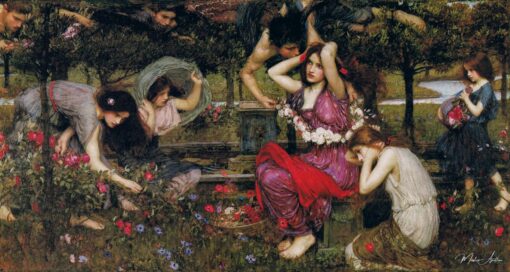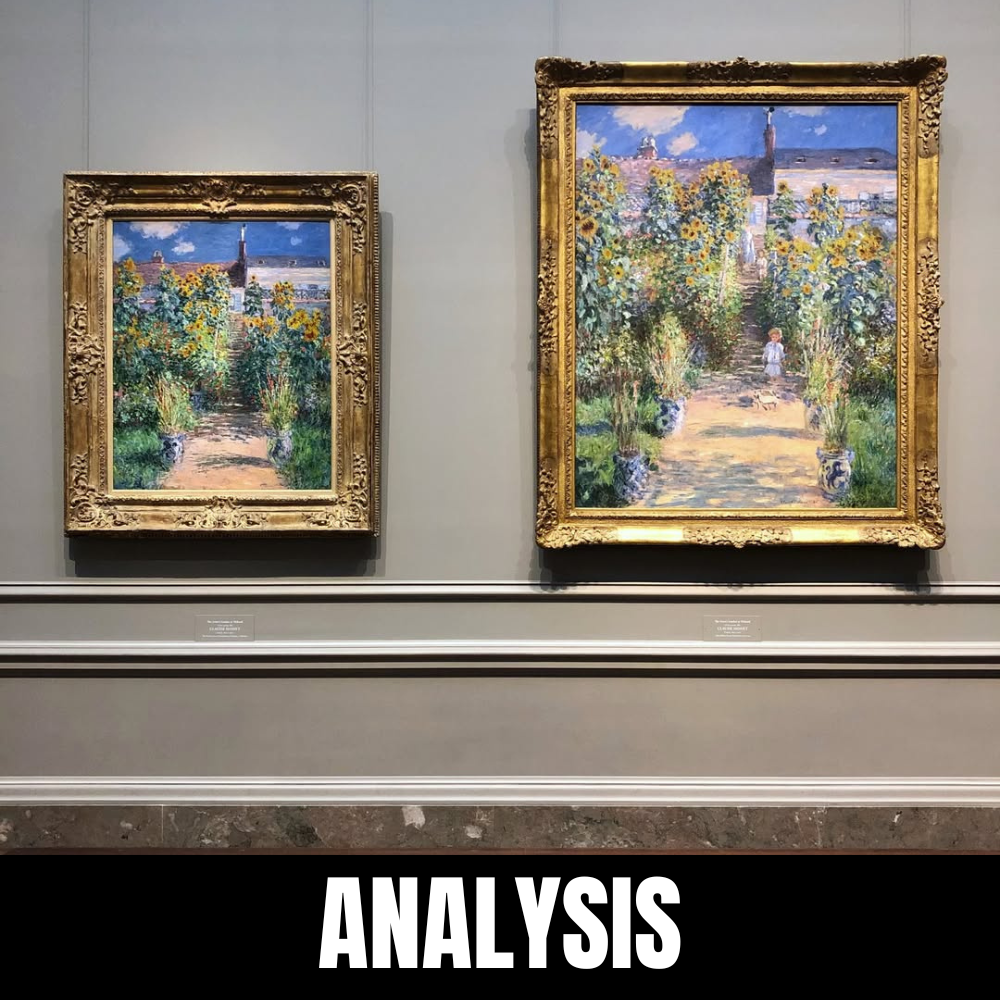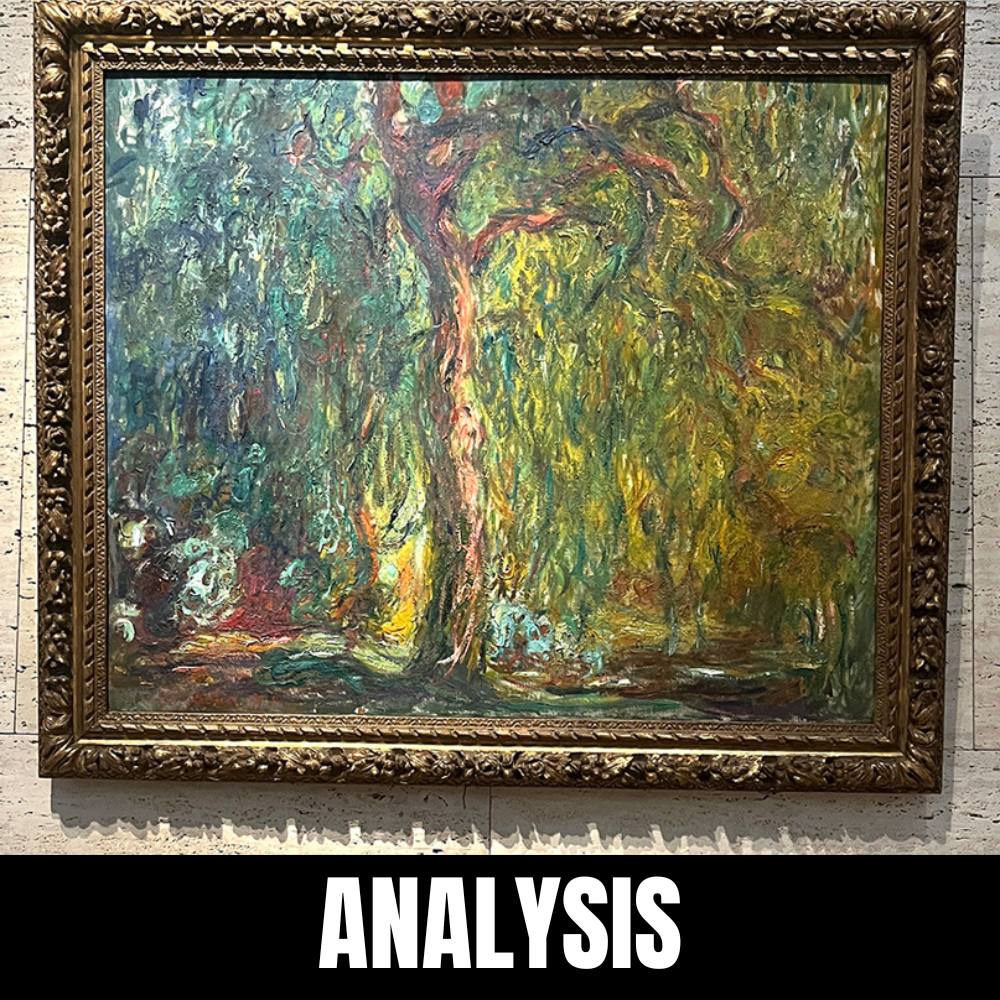Your cart is currently empty!

Flora and the Zephyrs – John William Waterhouse
Immerse yourself in the ethereal beauty of “Flora and the Zephyrs,” a masterful oil painting reproduction that captures the enchanting spirit of John William Waterhouse’s original work. This exquisite piece invites you into a world where nature and mythology intertwine, showcasing Flora, the Roman goddess of flowers, surrounded by gentle zephyrs that whisper secrets of spring.
Crafted with the…
Flora and the Zephyrs – John William Waterhouse
John William Waterhouse, known for his evocative portrayals of mythological and literary themes, created Flora and the Zephyrs in 1898. This exquisite painting explores the classical myth of Flora, the Roman goddess of flowers and spring, and her interaction with the Zephyrs, the gentle west winds. Through this artwork, Waterhouse brings to life a delicate interplay of nature, beauty, and myth, capturing a moment filled with movement, light, and sensuality.
This blog delves into the mythological background, artistic techniques, and thematic richness of Flora and the Zephyrs, showcasing why this masterpiece remains a cherished example of Waterhouse’s brilliance.

The Myth of Flora and the Zephyrs
Flora, a deity from Roman mythology, presides over flowers, spring, and fertility. She is often depicted as a youthful and vibrant figure symbolizing renewal and growth. The Zephyrs, in classical mythology, are personifications of the west wind, known for bringing gentle breezes and heralding spring.
The myth of Flora and Zephyrus (the singular name for the west wind) tells a story of their union. Zephyrus, captivated by Flora’s beauty, makes her his bride, and their marriage is said to bring the blossoming of flowers and the renewal of life in spring. This tale celebrates the harmonious connection between wind and bloom, encapsulating themes of love, transformation, and nature’s cyclical beauty.
Waterhouse’s Interpretation
Waterhouse’s Flora and the Zephyrs depicts the goddess Flora surrounded by ethereal figures representing the Zephyrs. The composition captures the interplay of movement and stillness, with Flora at the center exuding serenity while the winds dance around her in gentle chaos.
1. Flora: The Central Figure
Flora is portrayed as an embodiment of grace and femininity. Draped in flowing robes, her posture is poised yet relaxed, conveying her connection to nature’s rhythm. Her gaze is contemplative, as though lost in a world of her own, emphasizing her divine status and otherworldly allure.
2. The Zephyrs
The Zephyrs are depicted as youthful and ethereal, their forms swirling around Flora in a dance of light and shadow. Waterhouse’s brushwork captures their fluidity, making them appear almost weightless, as though carried by the breeze they represent. Their presence adds a dynamic quality to the composition, contrasting with Flora’s stillness.
3. The Setting
The backdrop is a lush and vibrant landscape, with flowers blooming in abundance—a nod to Flora’s dominion over nature. The soft lighting and pastel tones create a dreamlike atmosphere, reinforcing the painting’s mythological context.
Artistic Techniques in Flora and the Zephyrs
Waterhouse’s mastery of technique is evident in this painting, where his Pre-Raphaelite influences shine through.
- Color Palette: The painting features soft, earthy tones and pastel shades, with bursts of floral colors that draw the eye across the canvas. The palette evokes the freshness of spring and the gentle warmth of a breezy day.
- Brushwork: The delicate, almost feathery brushstrokes give the Zephyrs their ephemeral quality, while the more defined lines of Flora ground her in the composition as a divine but tangible presence.
- Lighting: Subtle and diffused lighting bathes the scene, enhancing its ethereal and tranquil mood. The interplay of light and shadow adds depth to the figures and the surrounding environment.
- Composition: Waterhouse balances movement and stillness masterfully, with Flora anchoring the composition and the swirling Zephyrs creating a sense of fluidity and harmony.
Themes in Flora and the Zephyrs
1. The Harmony of Nature and Myth
Waterhouse’s painting celebrates the interconnectedness of natural elements—wind and bloom, light and shadow, movement and stillness. This harmony reflects the balance inherent in mythological tales and nature itself.
2. Femininity and Renewal
Flora, as the goddess of spring, symbolizes renewal and fertility. Her portrayal exudes a quiet strength and timeless beauty, emphasizing the regenerative power of nature and the feminine divine.
3. Transience and Ephemerality
The Zephyrs, as fleeting as the wind they represent, highlight the transient beauty of nature and life. Their ethereal forms contrast with Flora’s grounded presence, reminding viewers of the delicate balance between permanence and change.
Symbolism in Flora and the Zephyrs
Waterhouse incorporates subtle symbolism to enrich the narrative of the painting:
- Flowers: Scattered throughout the scene, flowers symbolize growth, beauty, and the fleeting nature of life.
- The Zephyrs’ Movement: The swirling forms of the Zephyrs represent the transformative power of wind, a force that brings change yet remains invisible.
- Flora’s Pose: Her composed and serene demeanor suggests her dominion over the chaos around her, symbolizing the stability and order she brings to nature.
Legacy of Flora and the Zephyrs
Flora and the Zephyrs stands as a testament to Waterhouse’s ability to blend mythological themes with emotional depth and artistic finesse. The painting’s delicate interplay of light, color, and movement invites viewers into a world where myth and nature coexist in perfect harmony.
Waterhouse’s depiction of Flora and her celestial companions transcends mere illustration of a myth. Instead, it becomes a meditation on the beauty and fragility of life, the transformative power of nature, and the eternal allure of the stories that connect humanity to the divine.
Through Flora and the Zephyrs, Waterhouse continues to captivate audiences, reminding us of the timeless enchantment of mythology and the enduring power of art to breathe life into the stories of old.
John William Waterhouse
John William Waterhouse was a British painter known for his enchanting depictions of mythological and literary themes, characterized by rich colors, emotional depth, and a focus on female figures that often evoke a sense of longing and beauty.





Leave a Reply